ARTICLES
These articles are written by our own team — specialists with over a decade of experience in 3D laser scanning, point cloud data processing, and model-based implementation analysis. Here, we share knowledge, experience, and practical examples to help you better understand the value of 3D technology in various fields.
Each article is created with the desire to make complex technical topics understandable even to those who do not deal with 3D analysis on a daily basis — be it project managers, developers, engineers, or customers. We add new articles on average once or twice a month, depending on what questions and areas of interest arise from practice.
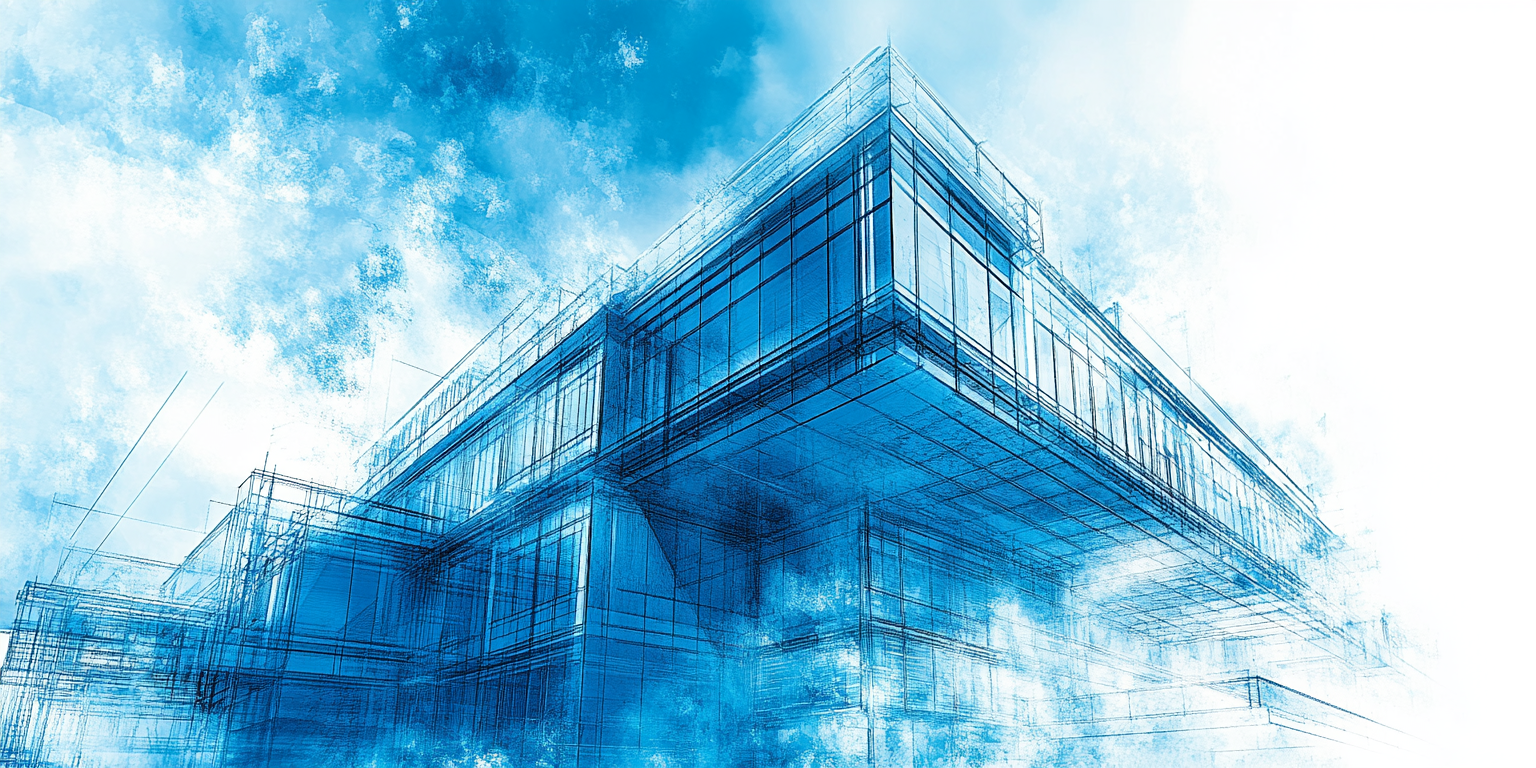
How laser scanning works (and why it’s so useful)
Laser scanning enables highly accurate and fast 3D measurement of complex objects and environments. This helps prevent errors, save time, and increase safety in construction, industry, and beyond. Accurate data = smarter decisions.
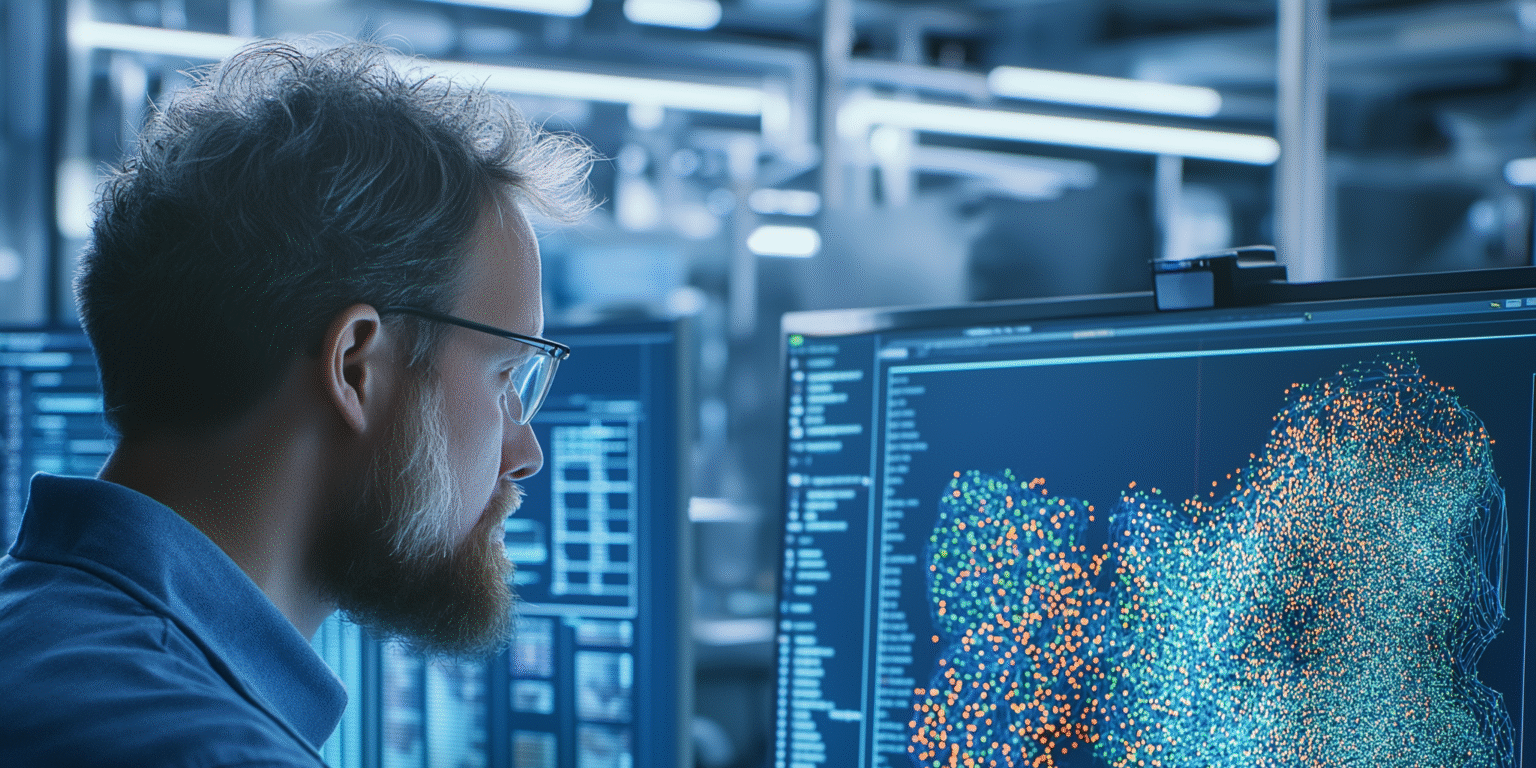
How to read and organize point clouds like a pro
Point clouds allow for highly accurate spatial analysis, but they require cleaning and structure to be used correctly. For further decisions, the underlying materials must be edited in such a way that the results are of high quality and reliable.

How mesh models shape the digital world around us
Mesh models are the foundation of the 3D world. We'll show you how these models are created, why they're needed in various fields – from architecture and game development to industry – and where the technology is heading.

Project Management in Laser Scanning - 5 Key Lessons from a Decade in the Field
The success of laser scanning does not depend only on technology, but above all on people, communication and the ability to adapt to changing circumstances. Good project management means clear communication, realistic planning and continuous learning from every experience. These principles remain valuable even as technology changes.
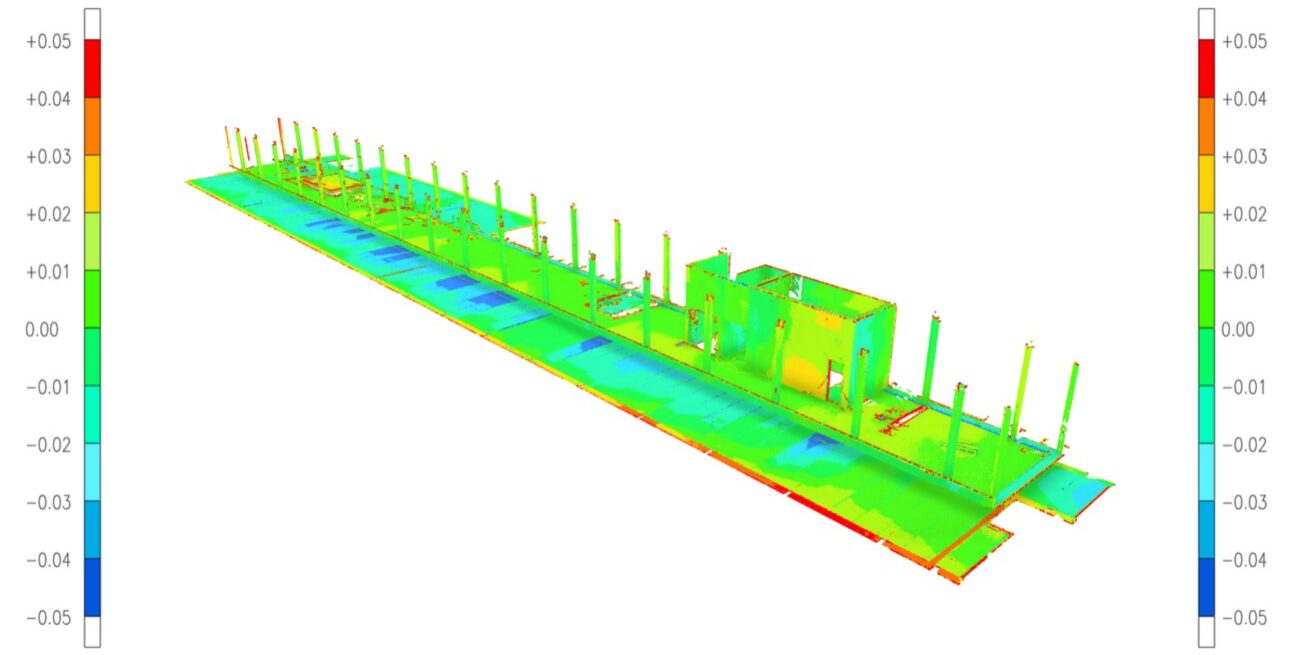
Raising the bar - The case for as-built analysis in construction
As-built analysis is not just a final inspection – it is an opportunity to improve quality during construction. When implemented on time and consistently, it helps prevent errors, reduce costs and increase collaboration throughout the project. The result is more accurate decisions, a smoother construction process and a more reliable result.
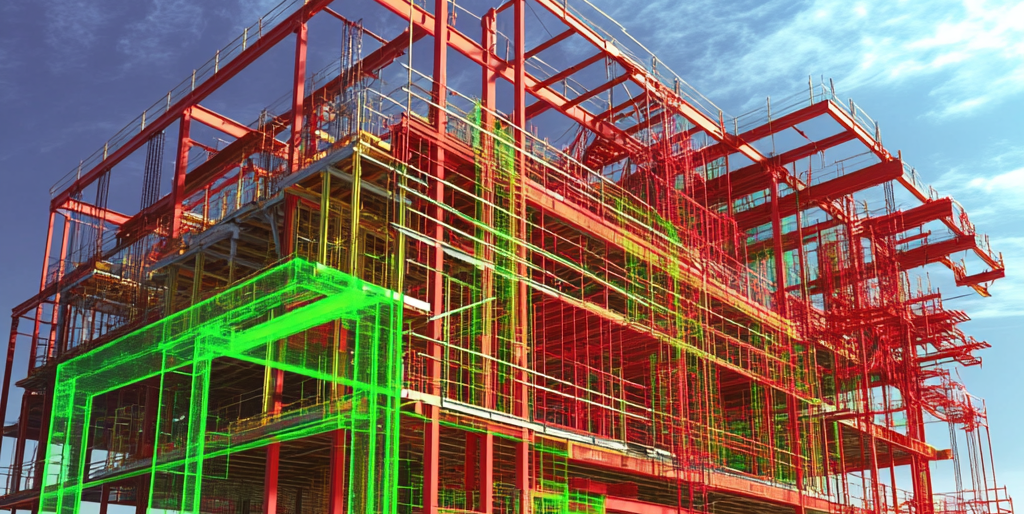
Designing into reality: Pre-Clash detection
Pre-clash detection means comparing design ideas with existing conditions early on to avoid conflicts before construction. It relies on an accurate 3D model and supports more confident decision-making. The result is fewer reworks and smoother collaboration.
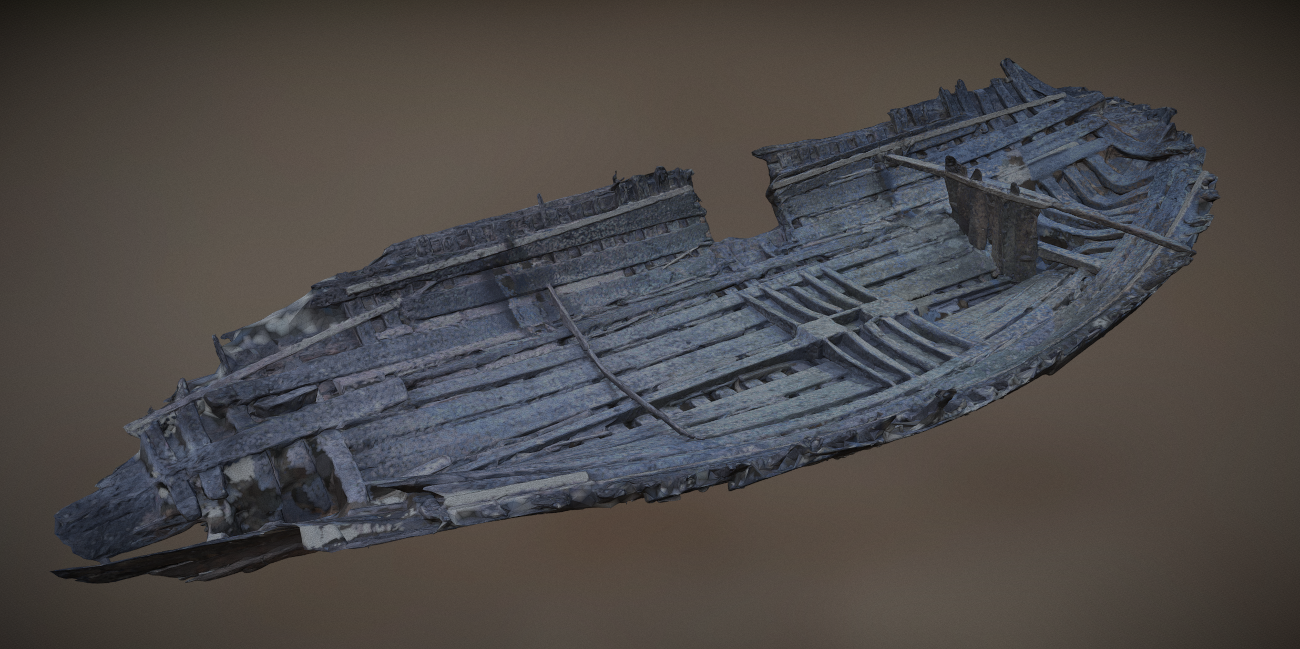
Heritage in 3D: Preserving the Past with Laser Precision
The 15th-century Peeter cog wreck was discovered in Tallinn in 2015 and preserved both physically and digitally thanks to precise laser scanning and modeling. The project shows how 3D scanning helps preserve history, document it, and reveal new insights.
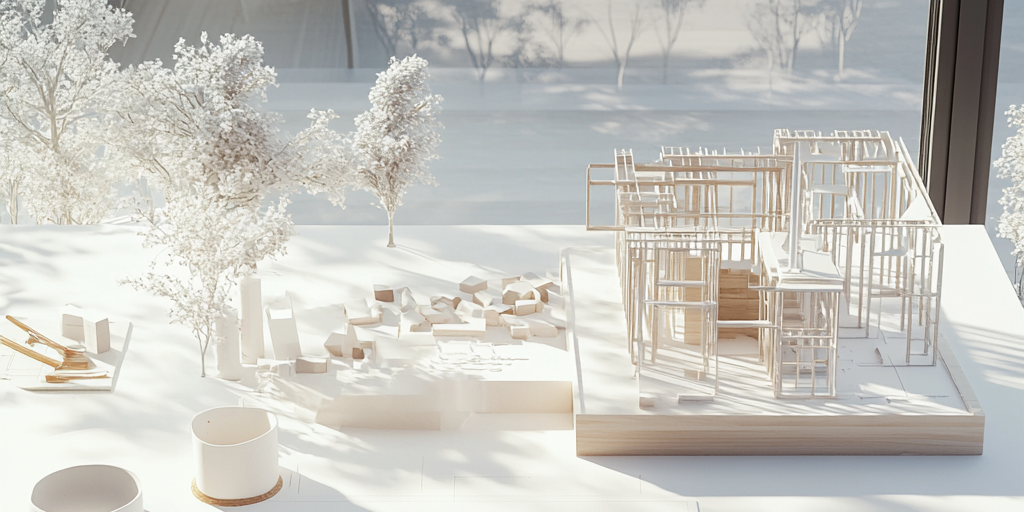
Reference, Reality, or Design? What Your 3D Data Is Really For
The successful use of 3D data depends on the suitability of its format for a specific purpose – point clouds, triangulation models and BIM all serve different roles. Choosing the wrong format can create confusion and waste resources, even if the scan itself is good. Often the best solution is a hybrid that combines different data types.
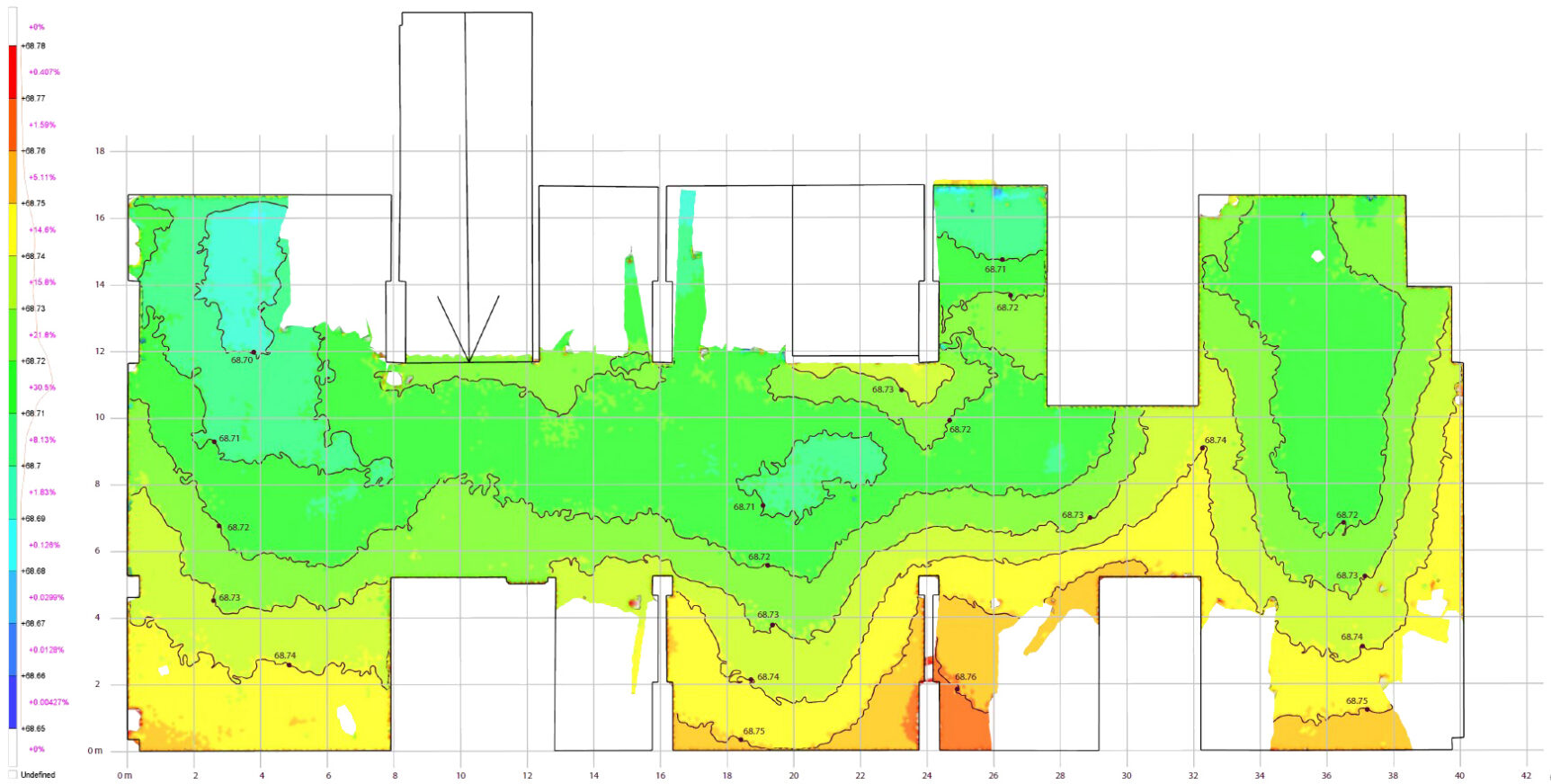
Reading the Ground: The Value of Height Maps in Construction and Design
Height maps make laser scan data visually understandable and quickly interpretable by using colors to highlight surface elevations. They help understand slopes, dips, and unevenness without technical software, supporting both quality control and design.